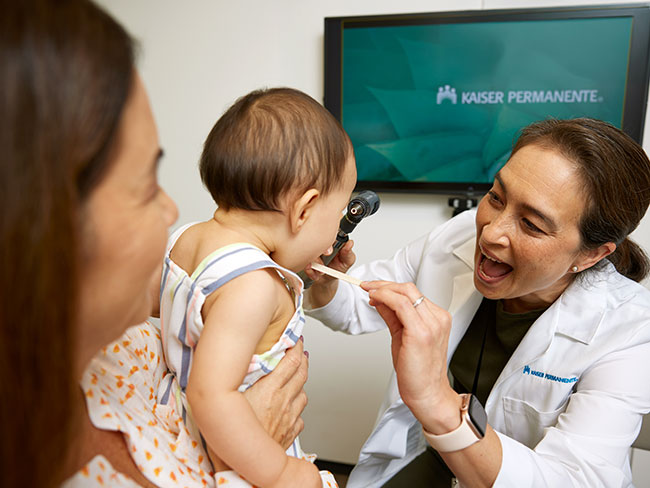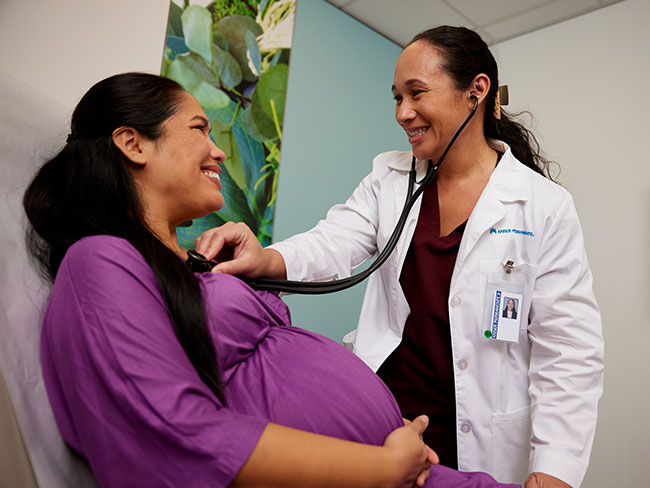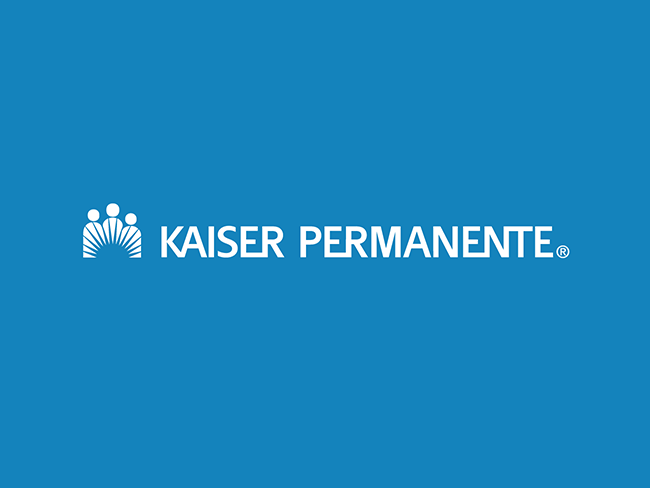Kaiser Foundation Health Plan and Hospitals Q1 2020 financial update
Kaiser Permanente continues to focus on care delivery and maintaining and improving the health of its members and communities during the COVID-19 pandemic.
Kaiser Permanente’s mission is to provide high-quality, affordable health care services and to improve the health of its members and communities it serves. As a nonprofit health care system, Kaiser Foundation Health Plan, Inc., Kaiser Foundation Hospitals, and their respective subsidiaries (“KFHP/H”) devote resources to advancing their mission through investments in integrated care delivery and coverage to make health care more affordable.
“We have been preparing and engaging in virtually every aspect of screening, testing, treating, prescribing, and hospitalizing for the COVID-19 pandemic since February,” said chairman and chief executive officer Greg Adams. “We especially want to acknowledge and thank the courageous and tireless work of all of our care teams and our employees who support them, who together are making such a tremendous difference caring for patients and saving lives every day.”
First-quarter 2020 results
For the quarter ending March 31, 2020, net loss was ($1.1) billion compared to net income of $3.2 billion in the first quarter of 2019. KFHP/H reported total operating revenues of $22.6 billion and total operating expenses of $21.4 billion compared to total operating revenues of $21.3 billion and total operating expenses of $19.8 billion in the same period of the prior year. Operating income was $1.3 billion or 5.5% of total operating revenues in the first quarter of this year, compared to $1.5 billion or 7.2% in the first quarter of 2019. Total other income and expense, generated largely by investment losses, was ($2.4) billion in the first quarter of this year, compared to $1.6 billion in the same period of the prior year. Historically, the operating margin for the first quarter is our strongest due to the timing of the open enrollment cycle, with lower operating margins typical in the 3 subsequent quarters as expenses tend to increase throughout the year, while revenue stays relatively flat.
While not significant in the quarter, KFHP/H’s first-quarter 2020 results reflect operational costs incurred for surge planning, equipment, and preparations in response to the ongoing COVID-19 pandemic. The full cost of surge planning, as well as the overall economic and membership impacts of the COVID-19 pandemic are not yet known.
“It has never been more critical to provide high-quality care for our members, customers, and communities than during the COVID-19 pandemic,” said executive vice president and chief financial officer Kathy Lancaster. “During the first quarter we began establishing mobile hospitals and triage units, recommissioning retired units, increasing our available inpatient capacity, and acquiring additional equipment to prepare for the potential surge of COVID-19 patients. Additionally, our prior investments in technology and infrastructure allowed us to provide safe and convenient care for our members through telemedicine and mobile apps. Even with all this rapidly escalating preparation and direct care delivery, only a small portion of the financial effects of the pandemic, in terms of lost revenue and increased costs, was experienced in the first quarter.”
Membership
Kaiser Permanente’s membership totaled 12.4 million as of March 31, 2020, which reflects a growth in membership of nearly 194,000 since December 31, 2019.
Q1 2020 and Q1 2019 financial summary
| ($ in millions, except %) | Q1 2020 | Q1 2019 |
| Total operating revenues | $22,604 | $21,349 |
| Total operating expenses | $21,352 | $19,815 |
| Operating income | $1,252 | $1,534 |
| Operating margin | 5.5% | 7.2% |
| Total other income and expense | ($2,396) | $1,621 |
| Net income (loss) | ($1,144) | $3,155 |
| Capital spending | $912 | $834 |
Capital spending
Capital spending of $912 million in the first quarter reflects ongoing investments in technology, infrastructure, and new construction, including the opening of 2 new medical offices in Washington state. New facilities support Kaiser Permanente’s ability to bring its unique total health model to more communities. These medical office additions bring the total number nationwide to 714, along with 39 hospitals and 51 retail and workplace clinics.
Commitment to communities
Throughout the first quarter of 2020, Kaiser Permanente’s community health investments focused on affordable housing and homelessness, job creation, and economic stimulus. Highlights include:
- In January Kaiser Permanente and the Service Employees International Union-United Healthcare Workers West announced a partnership to establish Futuro Health, a new $130 million nonprofit organization dedicated to creating jobs addressing the shortage of health care workers.
- Kaiser Permanente announced it will be the first private sector contributor to California Gov. Gavin Newsom’s newly established fund to combat homelessness in the state, committing $25 million to the effort. Kaiser Permanente also committed $32 million to help the Sacramento, California, area address homelessness and housing insecurity, as well as committing significant support to the National Health Care for the Homeless Council.
- During the beginning of 2020, Kaiser Permanente’s Thriving Communities Fund, an impact investment fund focused on affordable and supportive housing, closed on 9 new properties across Kaiser Permanente regions. This fund has now invested in 29 properties offering 2,871 affordable housing units.
- Kaiser Permanente’s Medical Financial Assistance program provided low-income, uninsured, or underinsured patients more than $155 million in assistance to cover part or all of their medical expenses.
“This is a challenging time in uncharted territory for businesses, families, communities, and people everywhere,” said Adams. “The coming months pose significant risks to health care organizations of all sizes and varieties, and like others we are working hard to adjust to the immediate and potentially long-term economic disruptions that will affect our organization and our patients, customers, and communities we serve.”
Footnotes
Certain statements included in this document may constitute “forward-looking statements.” Such statements are generally identifiable by the terminology used, such as “plan,” “project,” “forecast,” “expect,” “estimate,” “budget” or other similar words. The achievement of certain results or other expectations contained in such forward-looking statements involve known and unknown risks, uncertainties and other factors which may cause actual results, performance or achievements described to be materially different from any future results, performance or achievements expressed or implied by such forward-looking statements. Accordingly, actual results will vary and the variations may be material. None of the KFHP/H organizations plan to issue any updates or revisions to those forward-looking statements if or when expectations change, or events, conditions or circumstances on which such statements are based occur.






























